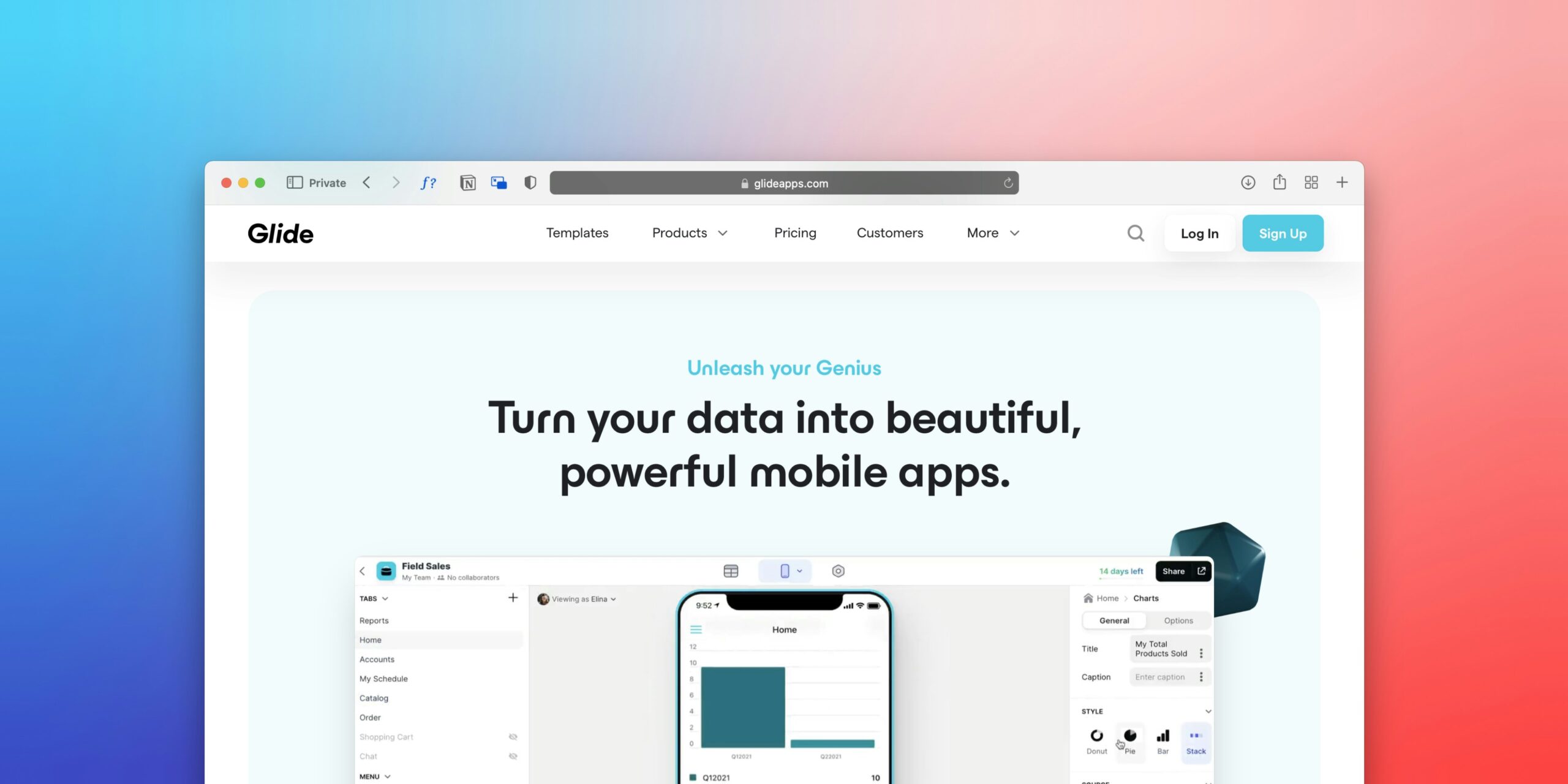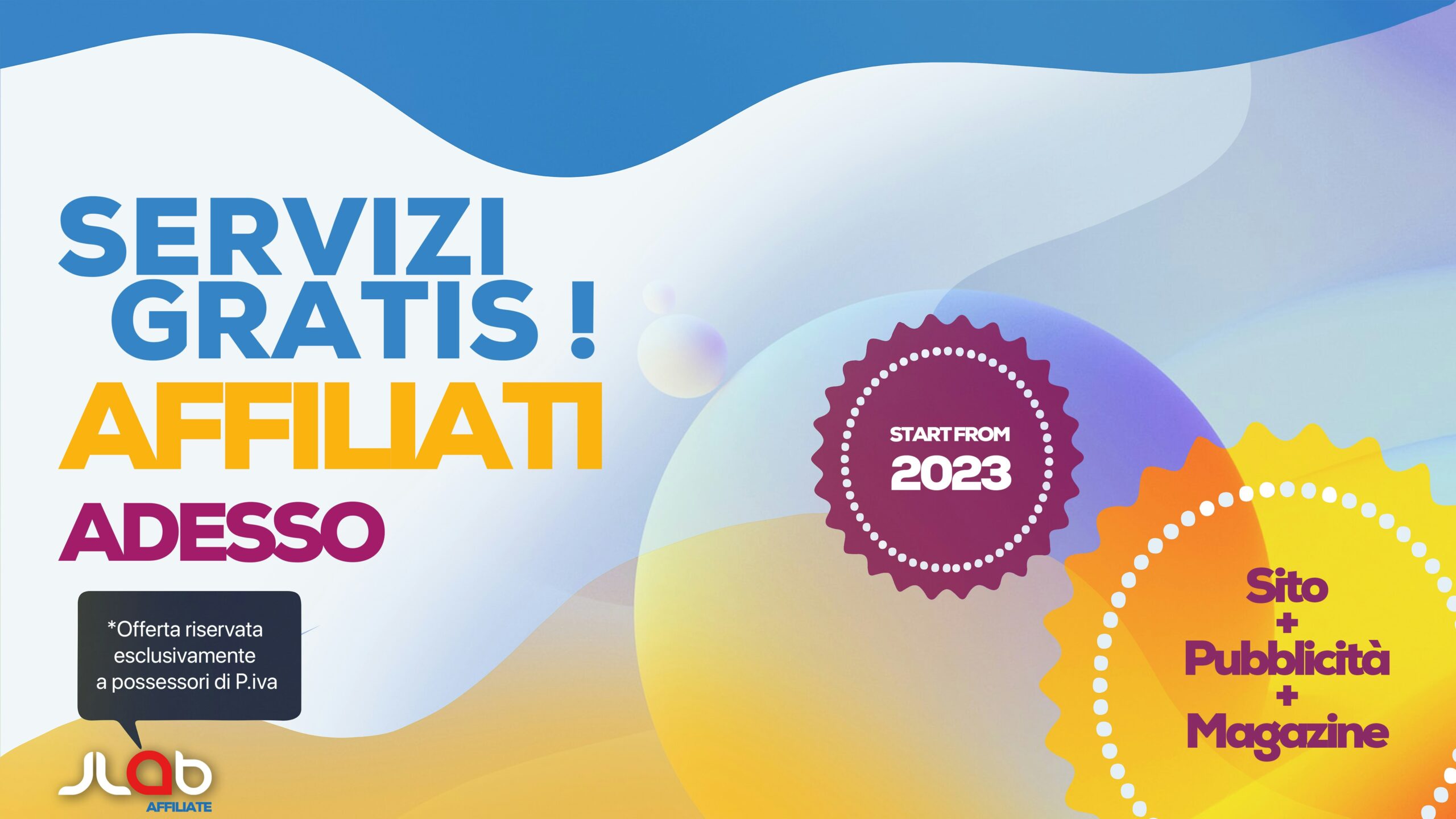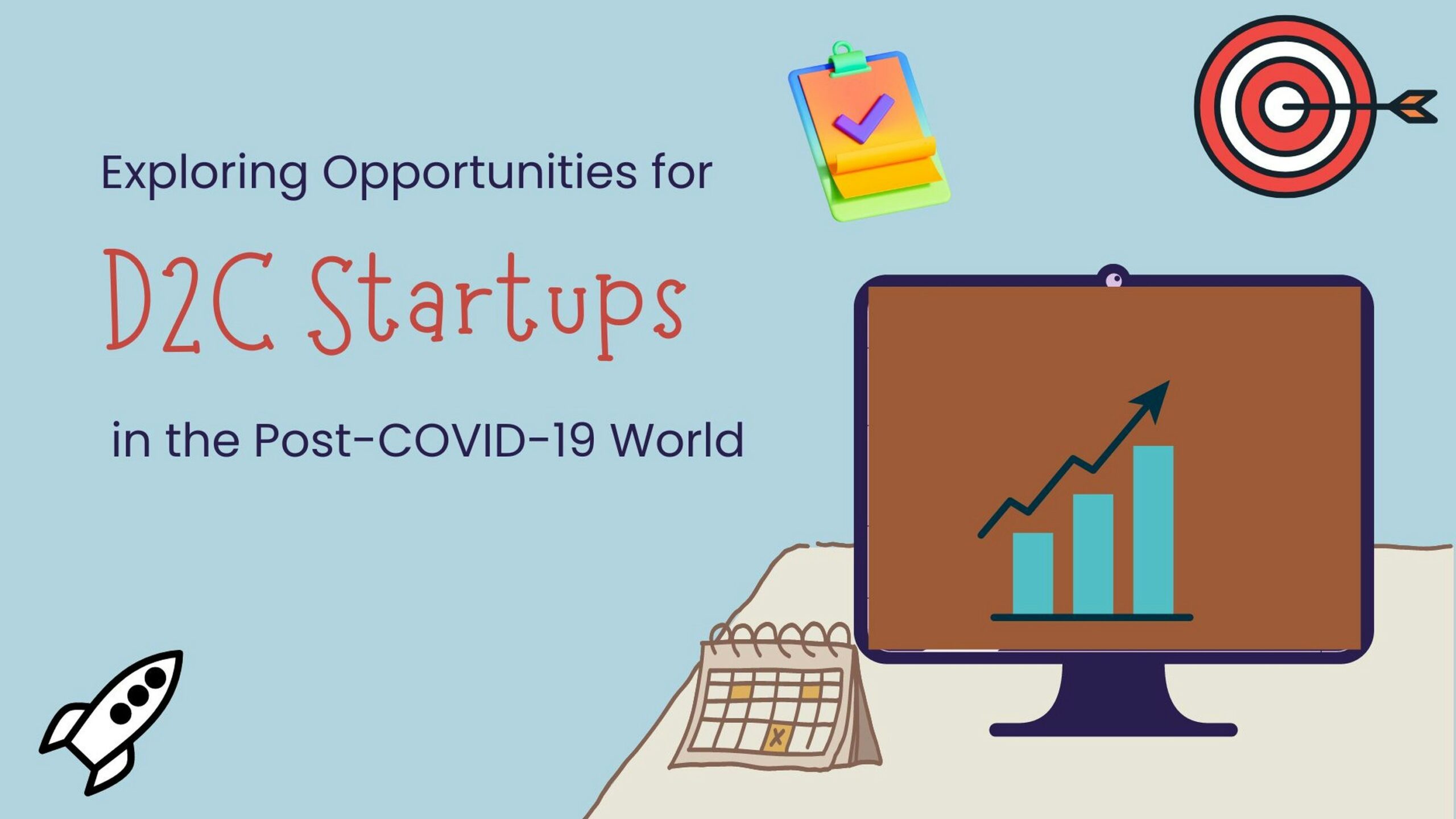Bringing Your Bright App Idea to Production: A Step-by-Step Guide
August 6, 2025 | by qqvmedia.com


From Idea to Concept: Validating Your App Idea
The journey of transforming an app idea into a viable product begins with validating its concept. This pivotal stage involves meticulous market research to determine whether there is a need for the app among potential users. Analyzing existing market trends and consumer behavior can provide critical insights into the viability of your app idea.
Identifying a target audience is essential during the validation process. Having a clear understanding of who your app is meant for not only helps tailor its features and functionalities but also aids in developing effective marketing strategies. Conducting surveys, engaging in focus groups, or utilizing social media platforms to gauge interest can significantly inform this aspect. In tandem with understanding the audience, evaluating competitors is equally crucial. A thorough competitive analysis reveals what solutions exist, what gaps can be filled, and which unique selling propositions can set your app apart in the crowded marketplace.
Once market research is completed, the next step involves creating a minimum viable product (MVP). An MVP is a simplified version of your app that includes the core features necessary for functionality. The purpose of developing an MVP is to release it to a select group of users for testing purposes. Feedback gathered from this cohort is invaluable; it allows you to refine your app based on real user experiences and interactions. This iterative process not only aids in shaping the final product but also minimizes the risk of significant financial loss should the idea not resonate with a broader audience.
In summary, validating your app idea is a critical phase that involves comprehensive market research, identifying the target audience, assessing competitors, and developing an MVP for feedback. These steps establish a sound foundation for further development, increasing the chances of bringing a successful app to market.
Designing Your App: User Experience and Interface
Creating an application that resonates with users involves meticulous attention to both user experience (UX) and user interface (UI) design. These two elements are instrumental in determining how users interact with your app and can significantly influence their overall satisfaction and engagement levels. By prioritizing these aspects during the app development process, you can create a more compelling and effective product.
The process of designing an app typically begins with wireframing, where rudimentary versions of your app layout are created. This stage allows designers to map out features and elements in a simple format, enabling iterative revisions based on feedback. Prototyping follows wireframing and involves creating a more sophisticated representation of the app that includes interactive elements. This step is crucial for testing functionality and flow, ensuring that users can navigate effortlessly from one section to another.
User-centered design is a best practice that emphasizes the necessity of tailoring your app to meet the needs and preferences of target audiences. Conducting user research through surveys, interviews, and usability tests can provide valuable insights into user behavior and expectations. By incorporating this feedback into design iterations, you can refine the UI and ensure that it is not only visually appealing but also functional and intuitive.
Visual design plays a pivotal role in the success of your app, as it encompasses everything from color schemes to typography. An effective visual strategy can enhance usability and create an aesthetically pleasing environment. It is essential to maintain consistency across all screens to provide users with a seamless experience that fosters familiarity and ease of use. Ultimately, a well-designed user interface, paired with an emphasis on user experience, not only boosts engagement but also aids in retaining users, contributing to the overall success of your app.
Development Phase: Bringing Your App to Life
The development phase is a crucial part of transforming an app idea into a functional product. This process consists of several stages, each designed to ensure that the final application meets both user expectations and technical standards. The first step involves choosing the right technologies that align with the app’s purpose and anticipated user base. Frameworks and programming languages such as React Native, Flutter, or Swift for iOS development are often considered based on the app’s specific requirements and targeted platforms.
After selecting the appropriate technologies, the actual coding begins. This stage involves writing clean, efficient, and maintainable code that adheres to accepted best practices. It is essential for developers to work collaboratively, as this encourages knowledge sharing and leads to a more robust application. Utilizing version control systems like Git allows teams to manage changes and streamline their workflow effectively.
Once the coding is underway, continuous testing becomes vital to ensure overall quality. Testing can be classified into different types, including unit testing, integration testing, and user acceptance testing. Each type serves to identify bugs and performance issues at varying stages of the development process. Through regular testing, developers can detect and fix problems early, reducing the potential for delays later in the project timeline.
Debugging is another integral part of the development phase, as it directly influences the application’s reliability and user experience. It involves identifying and resolving defects in the software, ensuring that the app operates smoothly under various conditions.
Incorporating Agile methodologies during this phase enhances flexibility and responsiveness to change. By breaking the development process into smaller, manageable iterations, teams can adapt to unexpected challenges while maintaining a focus on delivering a high-quality product. Overall, this development phase lays the foundation for a successful app launch, merging technical proficiency with collaborative efforts.
Launching and Marketing Your App: Strategies for Success
Once your app development is complete, transitioning into the launch phase requires careful planning and strategic execution. A successful launch is critical as it sets the tone for the app’s market reception. One of the pivotal components of a robust launch strategy is App Store Optimization (ASO). ASO involves optimizing your app to rank higher in an app store’s search results, ultimately increasing visibility and downloads. Key elements of ASO include using relevant keywords in your app title and description, selecting enticing app icons, and encouraging positive reviews from initial users.
In addition to ASO, promotional activities should be structured to create buzz around your app. This may involve leveraging various marketing channels, such as email newsletters, paid advertisements, and partnerships with influencers who cater to your target demographic. A well-crafted press release can also attract attention from tech blogs and media outlets, outlining the unique value proposition of your application. Furthermore, offering limited-time promotions such as discounts or exclusive features can incentivize potential users to download and engage with your app immediately upon launch.
Social media is another powerful tool for marketing your app. Platforms such as Instagram, Twitter, and Facebook allow for dynamic engagement with potential users. Developing a content calendar to share updates, features, and user experiences can build anticipation and establish a community around your app. Encouraging user-generated content, such as reviews and testimonials, can also enhance credibility and foster trust within the user community.
Following the launch, it is vital to gather user feedback through in-app surveys and analytics tools to fully understand user experiences and preferences. Creating a seamless feedback loop will not only aid in addressing any immediate concerns but also guide future updates. Regular app updates, informed by this feedback, signal to users your commitment to providing a valuable product, ultimately contributing to long-term success in the competitive app landscape.
RELATED POSTS
View all


